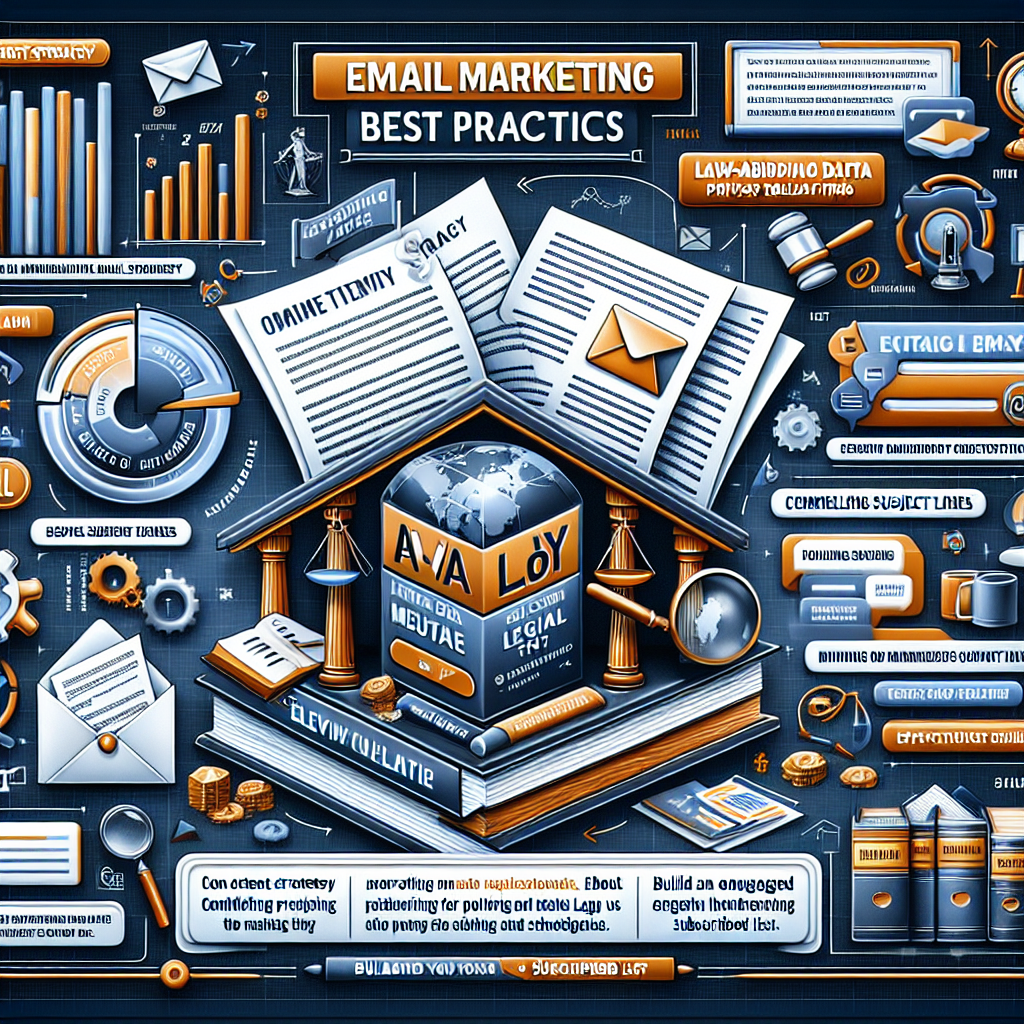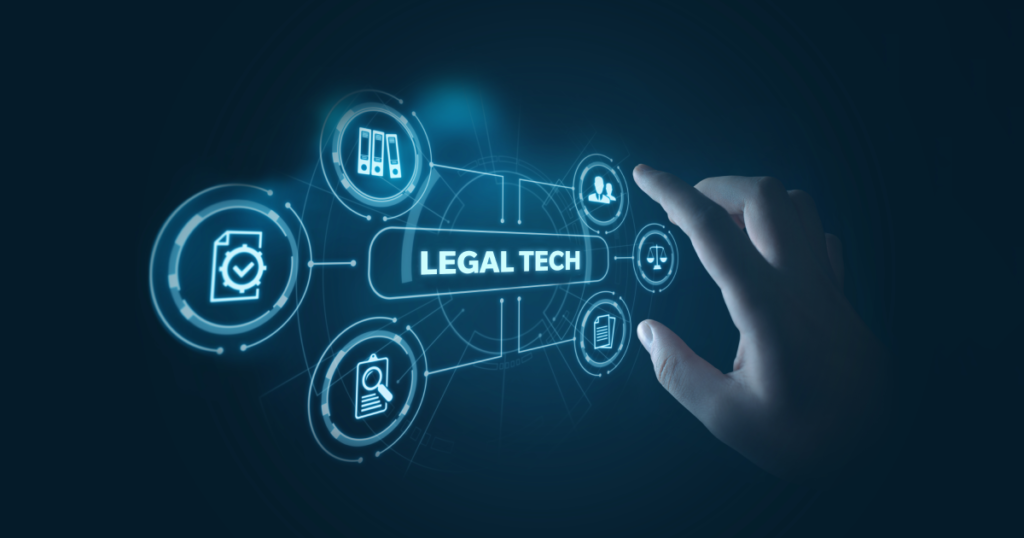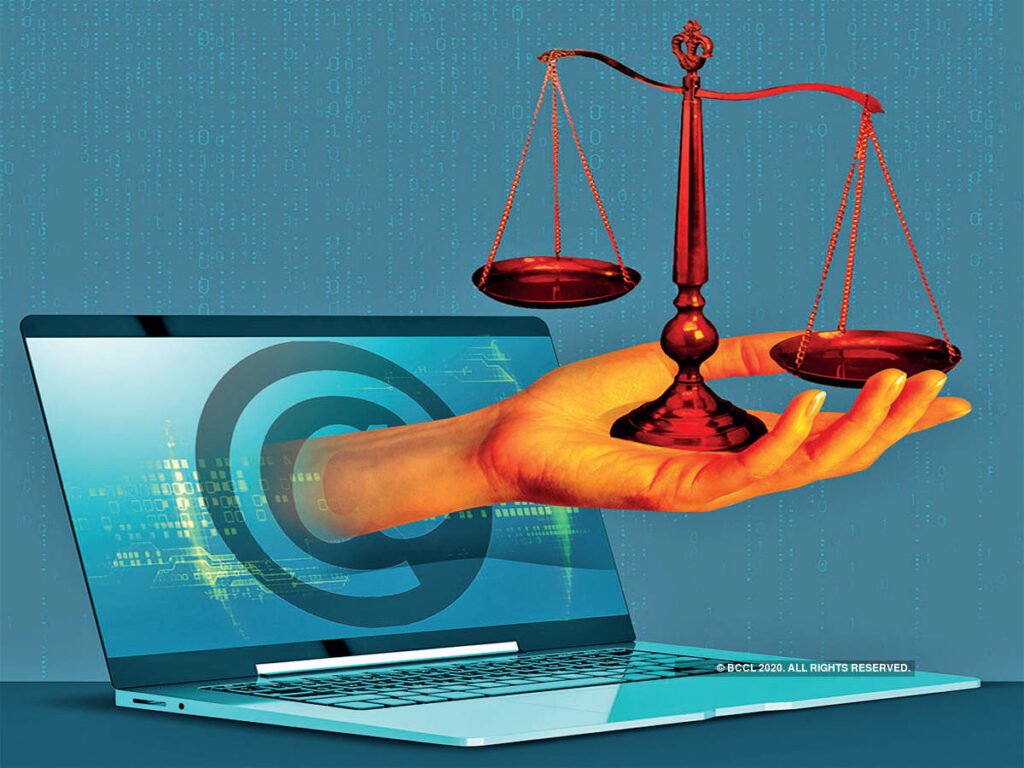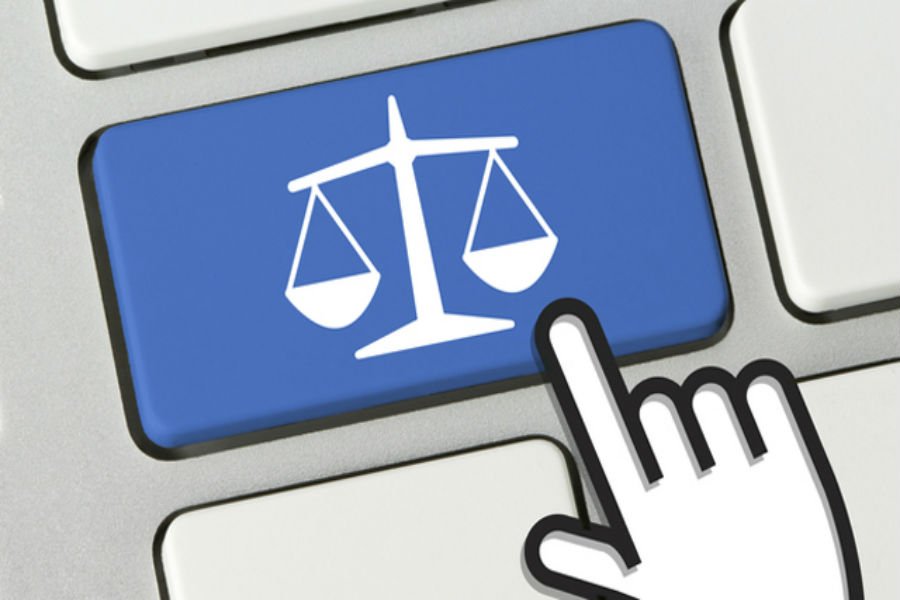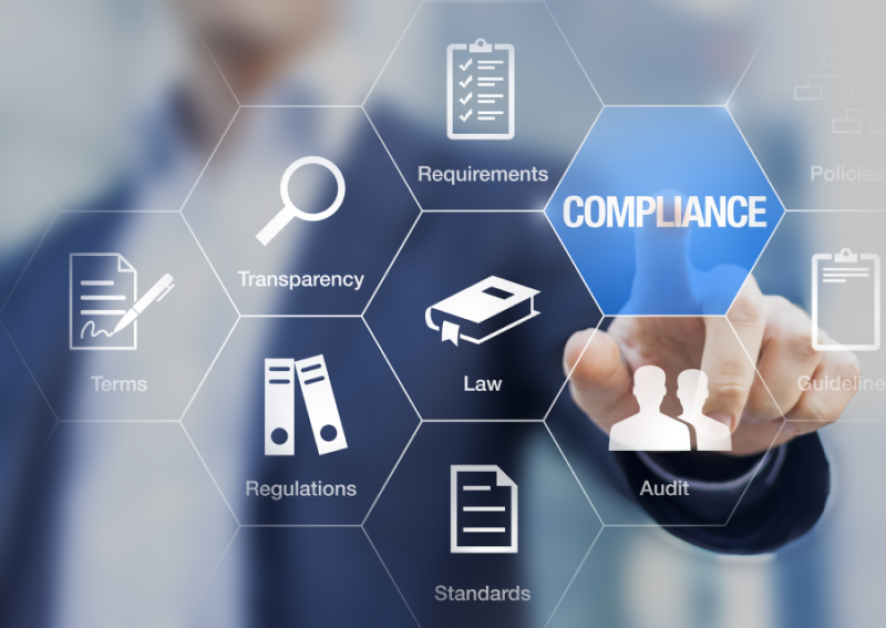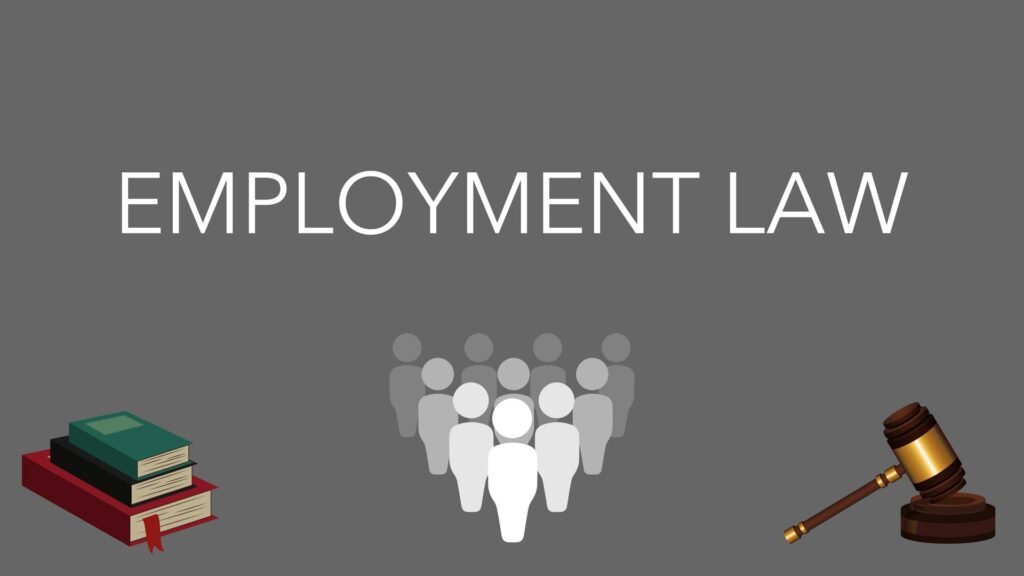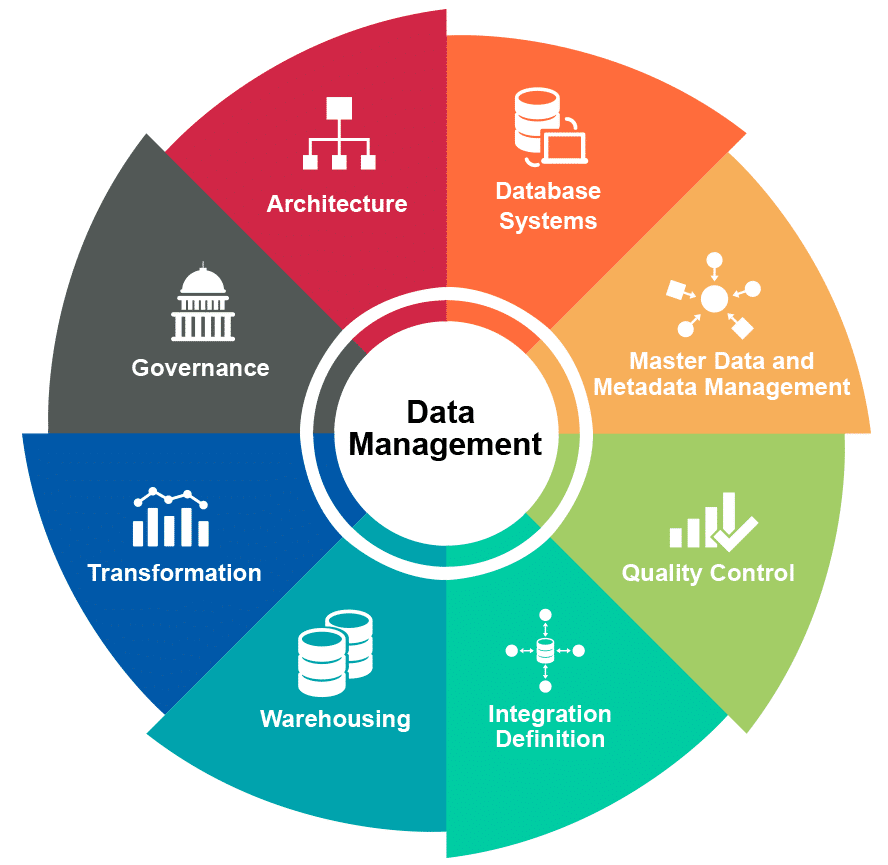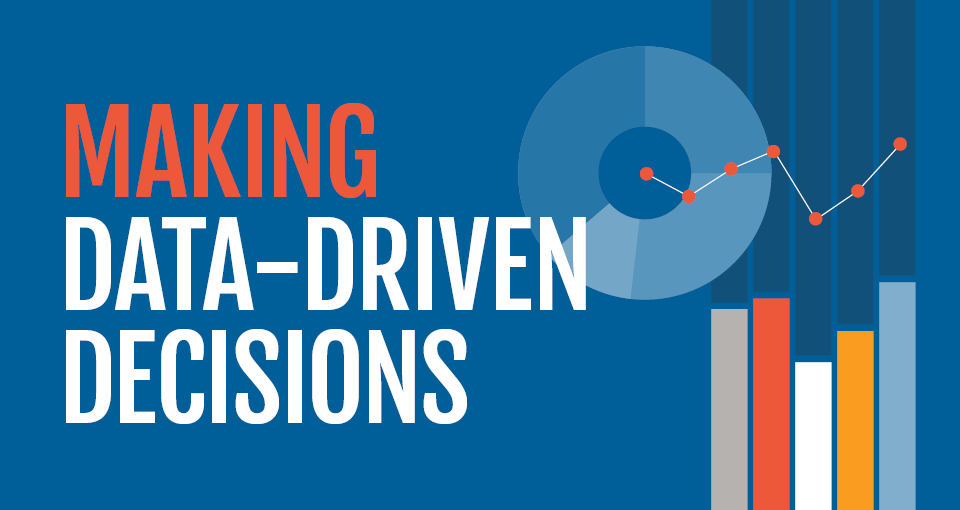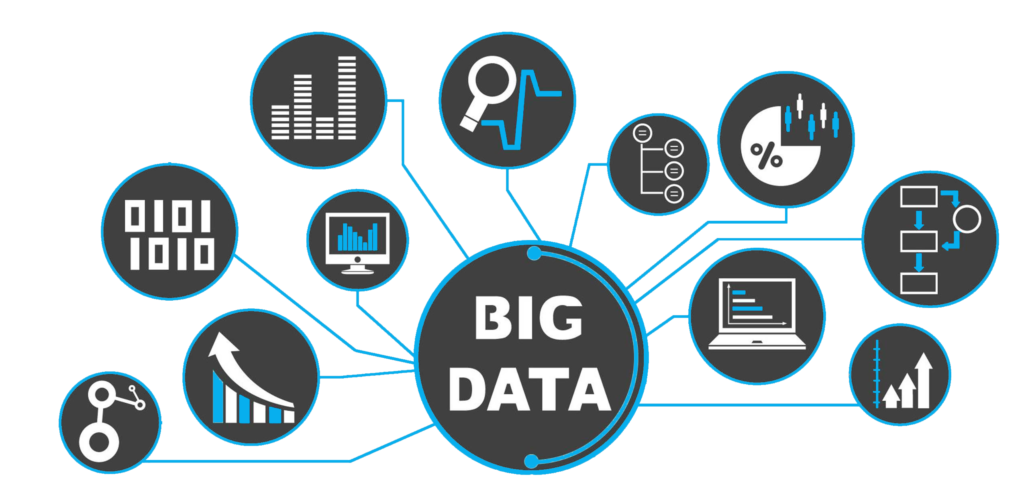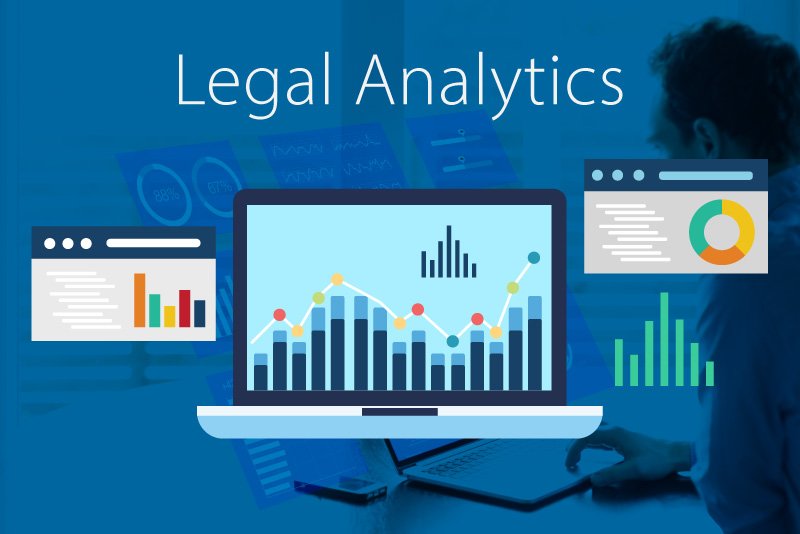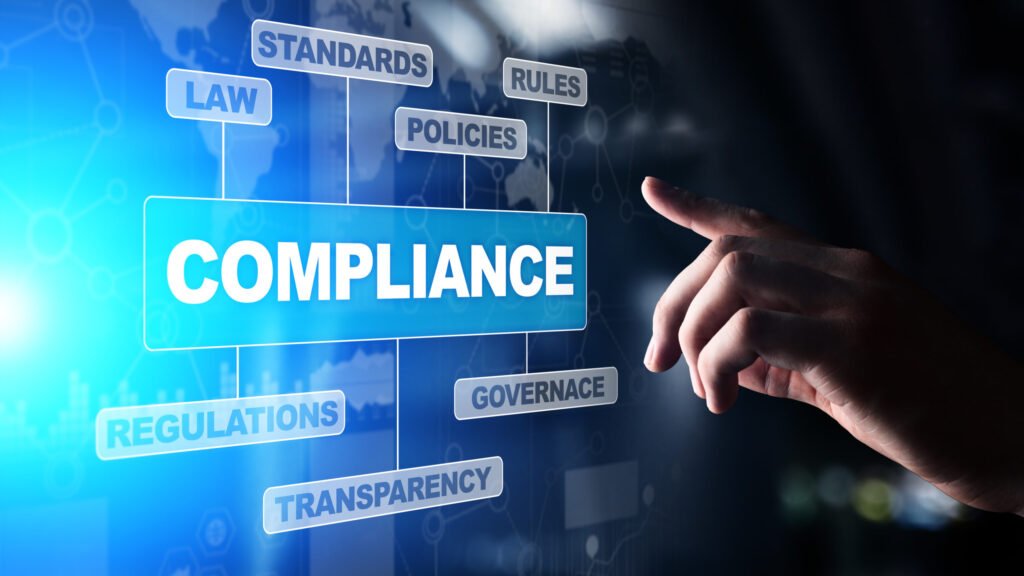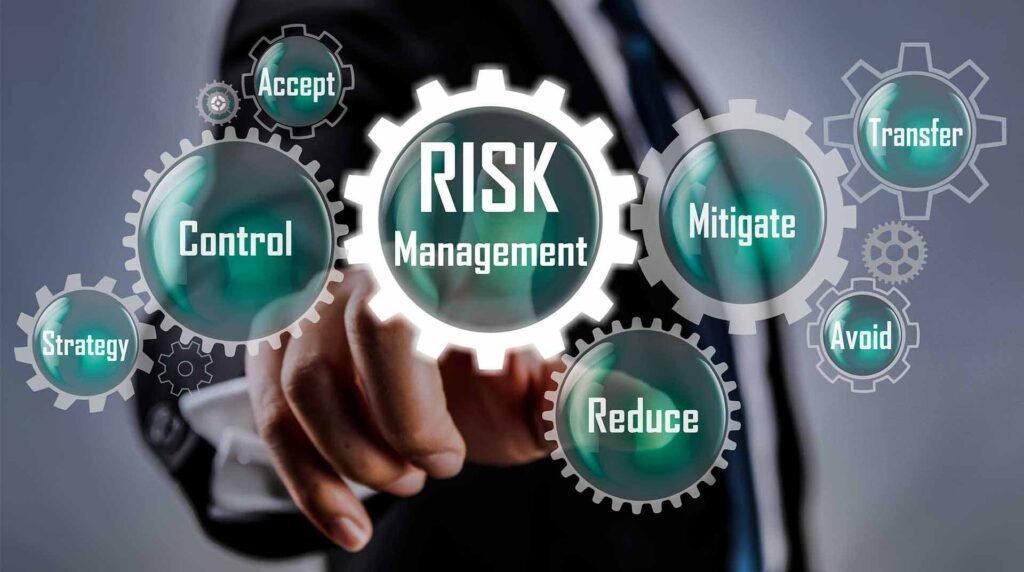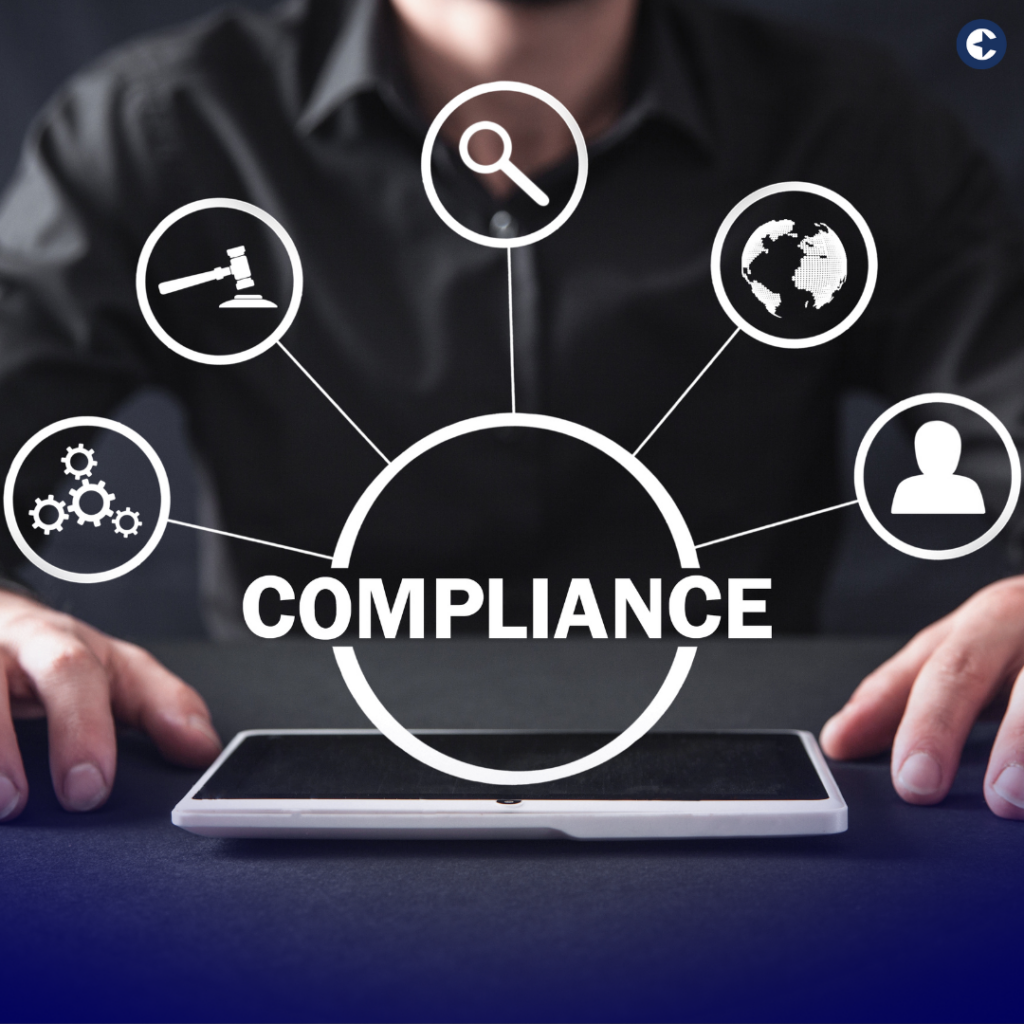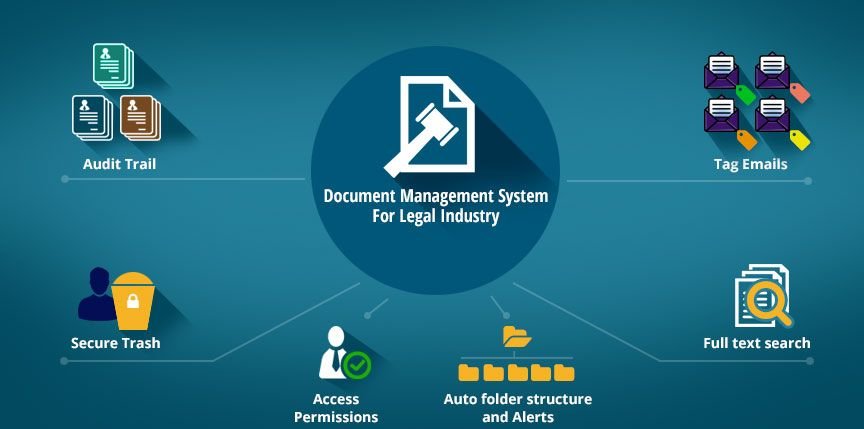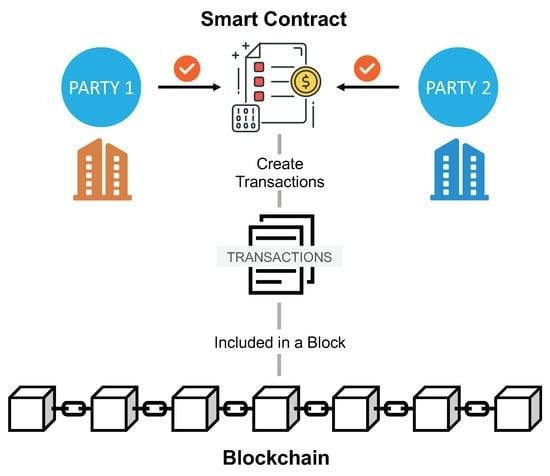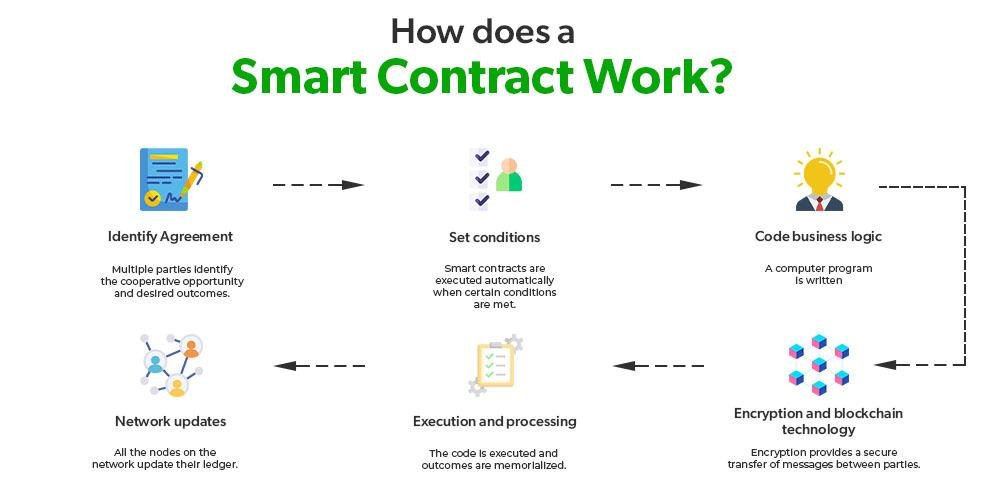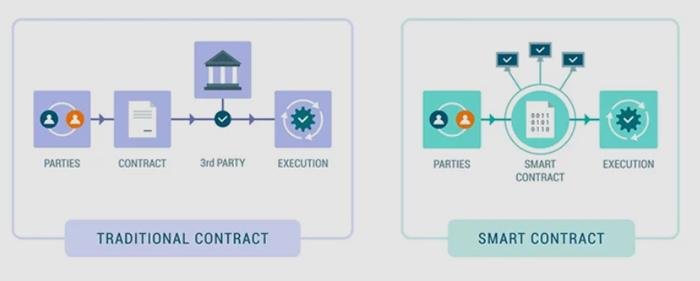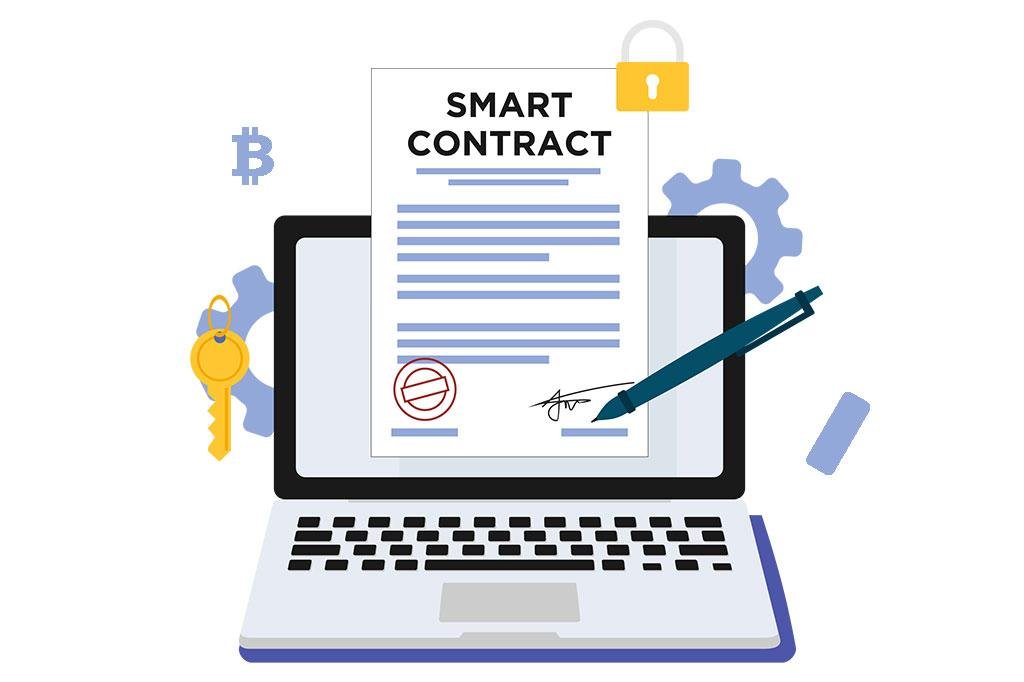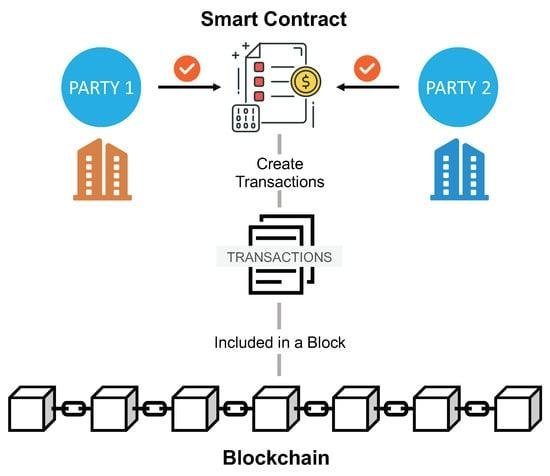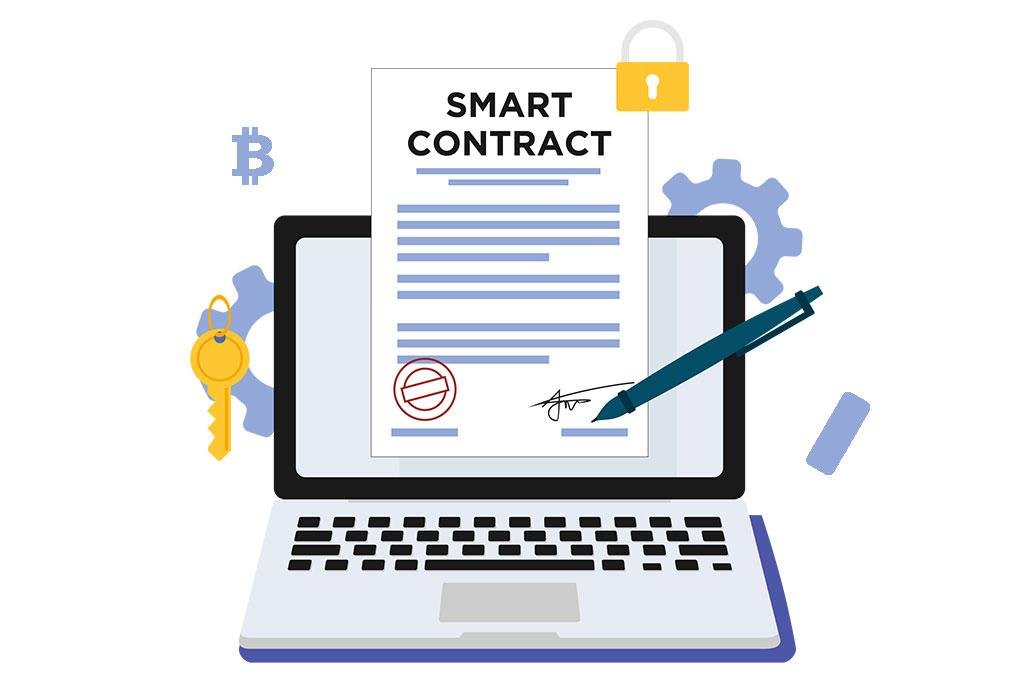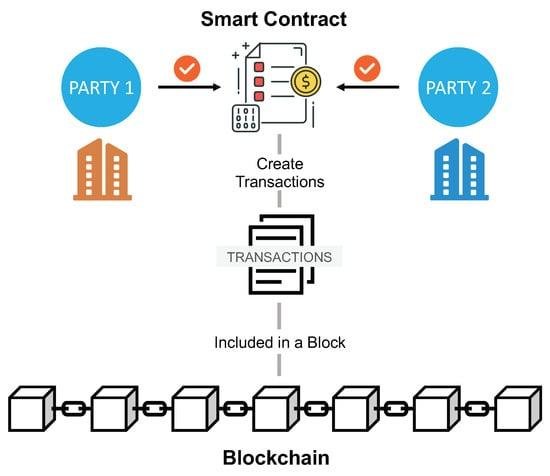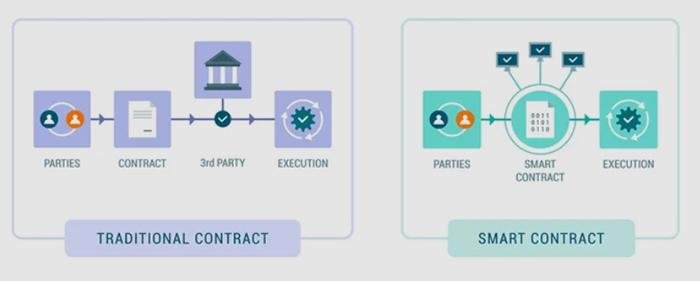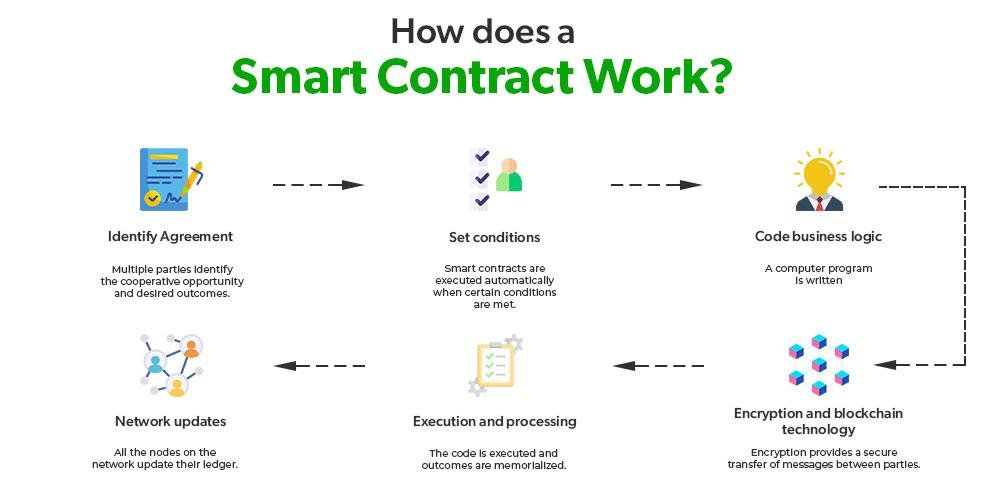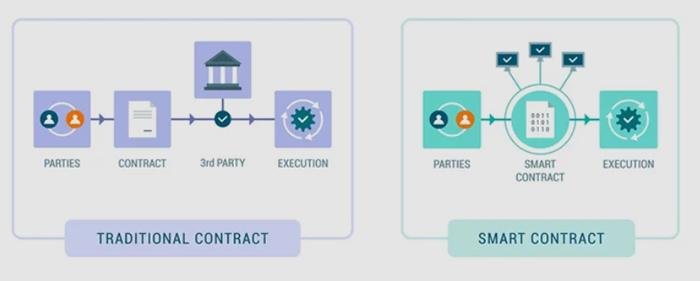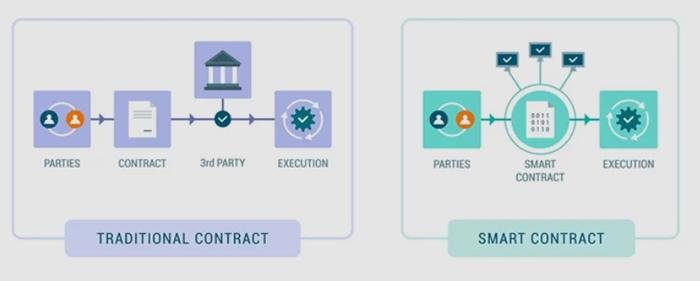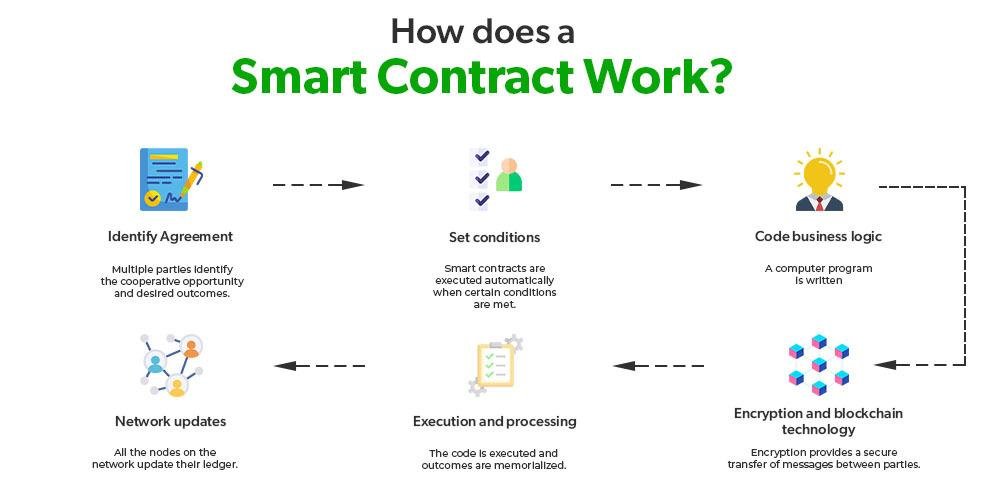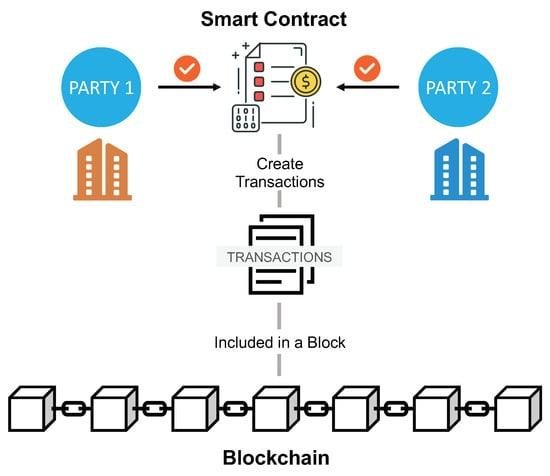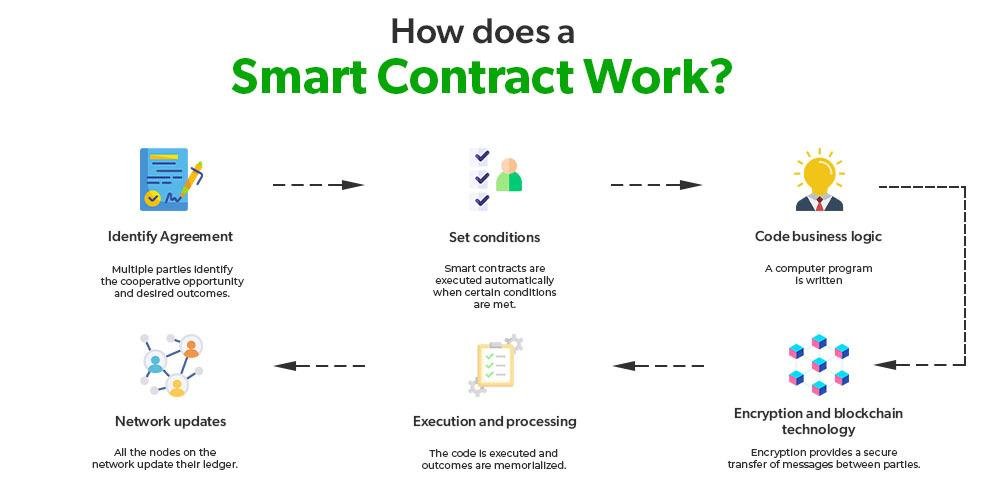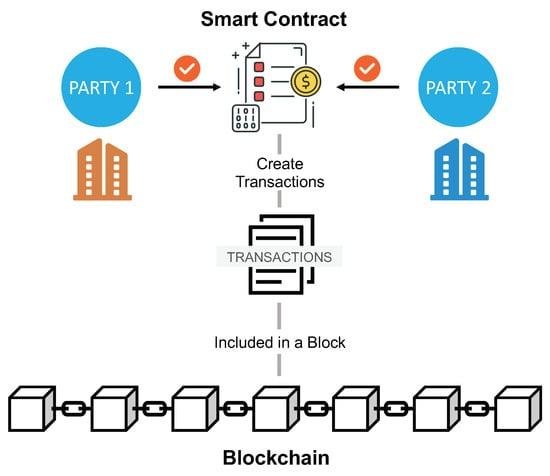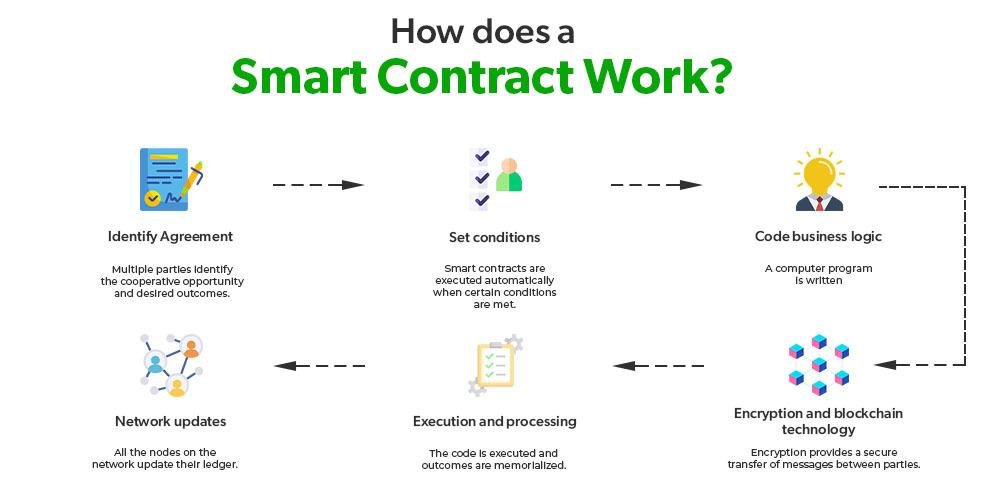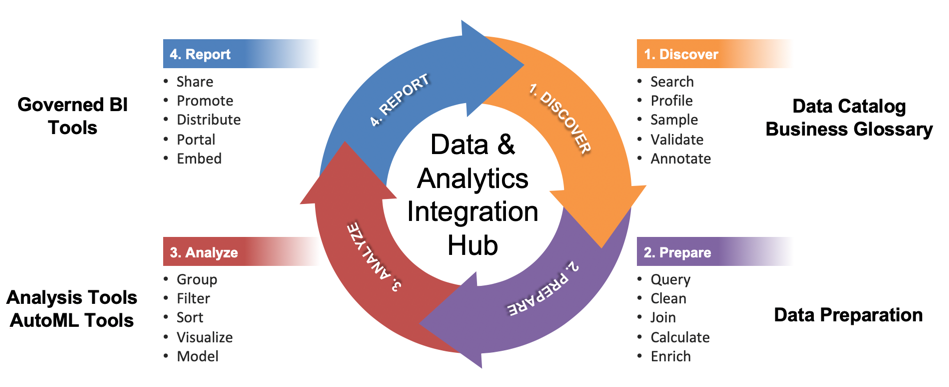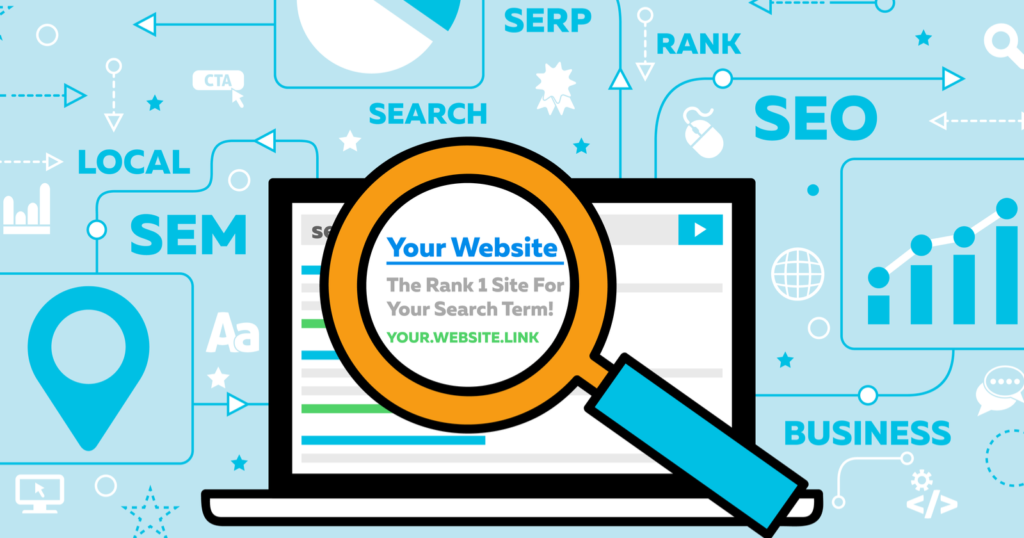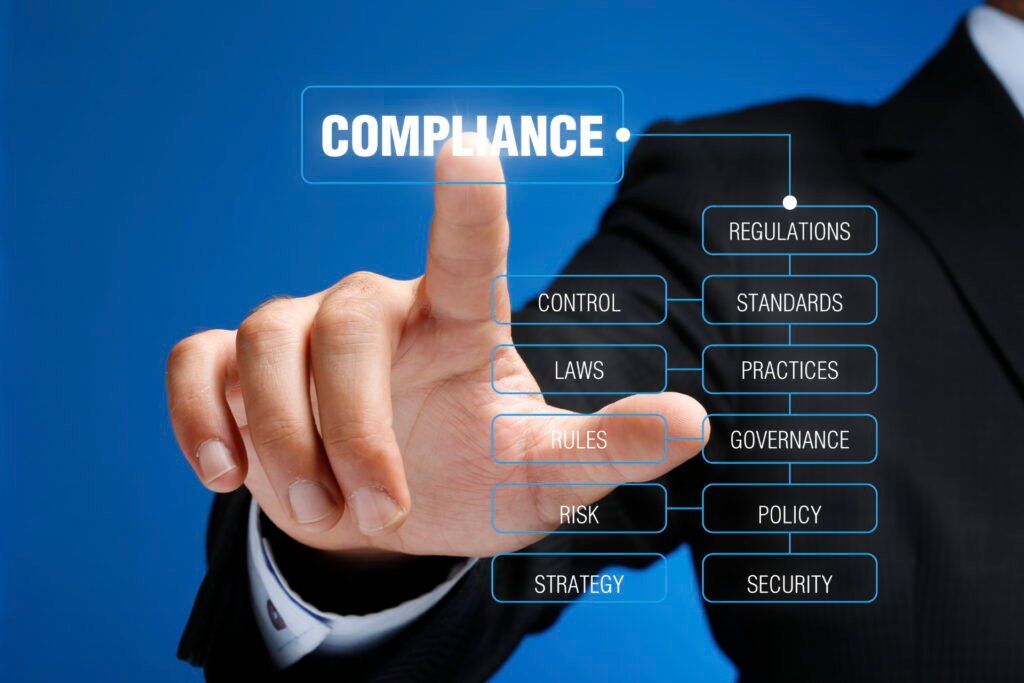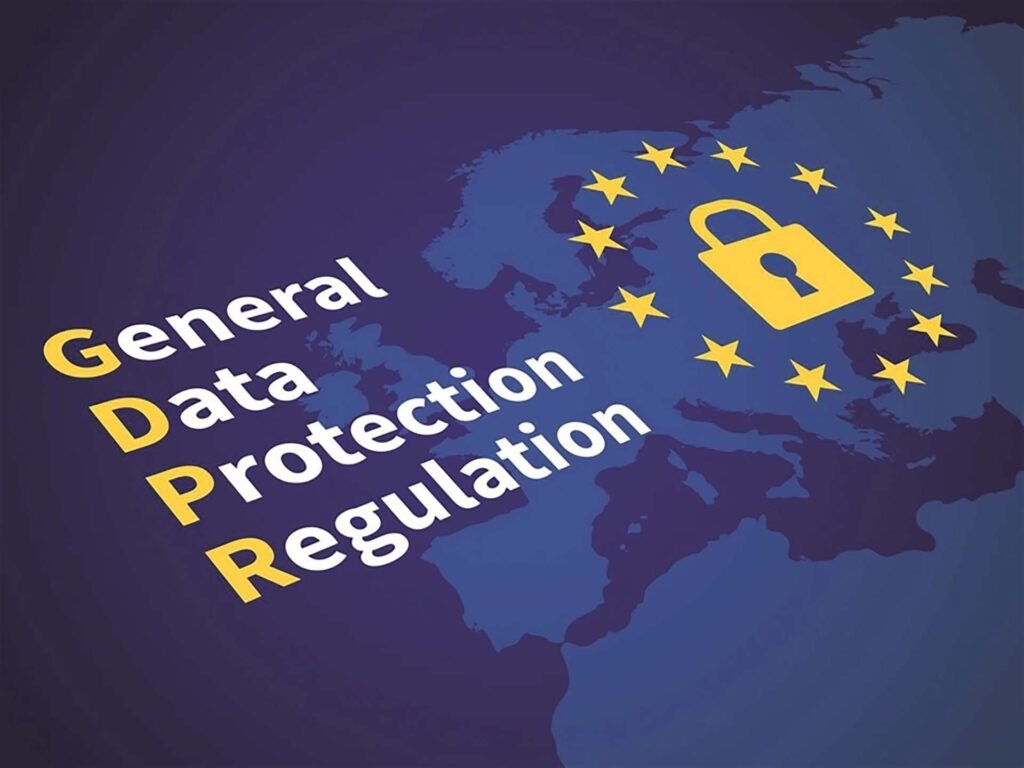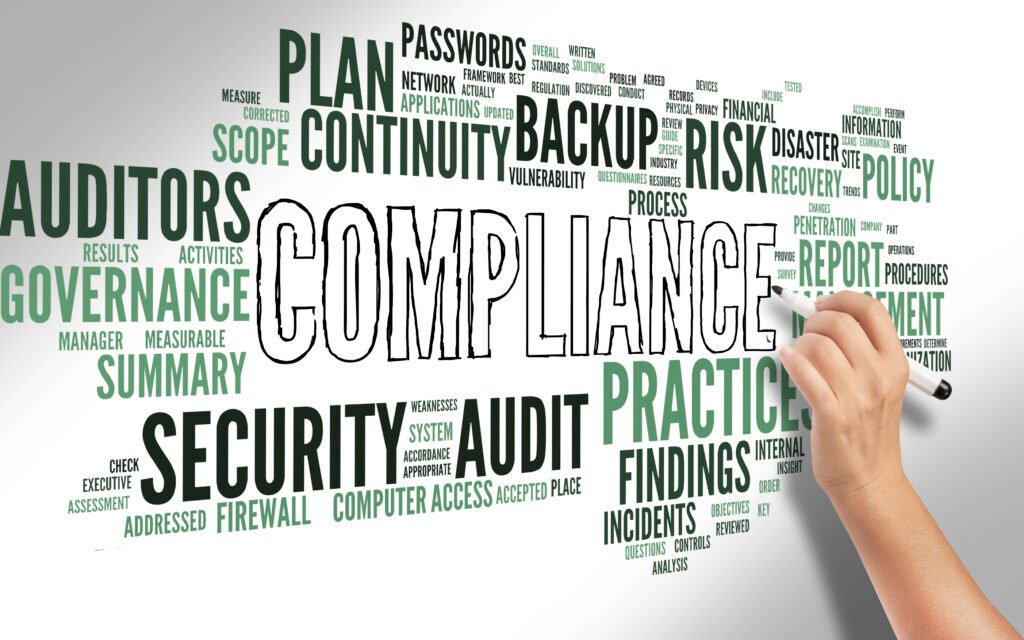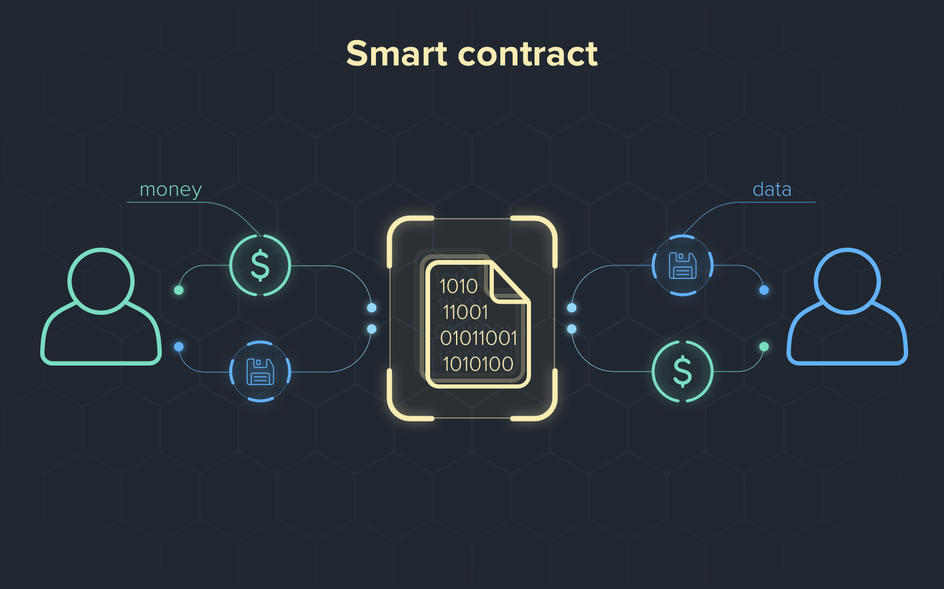Understanding Data Privacy Regulations: GDPR, CCPA, HIPAA, and PDPA Explained

Protecting the privacy of customer data is critical for any business. However, understanding and complying with data privacy laws and regulations can be confusing and complex.
In this article, we will provide an overview of the legal framework and best practices for data privacy management. We will also discuss the key regulations that businesses need to be aware of, including the EU General Data Protection Regulation (GDPR) and the California Consumer Privacy Act (CCPA).
Definition of Data Privacy
Data privacy refers to the right of individuals to have control over their personal information and to determine how it is collected, used, and shared by organizations. It encompasses the protection of sensitive data, such as personal identities, financial information, healthcare records, and other personally identifiable information (PII).
To effectively manage data privacy, organizations need to understand and comply with applicable data privacy regulations. These regulations vary across different jurisdictions and can include laws like the General Data Protection Regulation (GDPR) in the European Union, the California Consumer Privacy Act (CCPA) in the United States, and many others worldwide.
Data privacy regulations aim to strike a balance between enabling organizations to collect necessary data for legitimate purposes while ensuring individuals’ rights and privacy are safeguarded. They lay down guidelines and requirements for organizations regarding the collection, processing, storage, and sharing of personal data. Compliance with these regulations helps build trust and credibility with customers and avoids legal and reputational risks.
Types of Data Privacy Regulations
Data privacy regulations are crucial in protecting individuals’ personal information and ensuring accountability for organizations handling this data. There are various types of data privacy regulations that govern the collection, storage, and usage of personal data. Understanding these regulations is essential for organizations to maintain compliance and protect the privacy rights of individuals.
- General Data Protection Regulation (GDPR): The GDPR is a comprehensive data privacy regulation that applies to all European Union (EU) member states. It sets high standards for data protection and privacy and requires organizations to obtain consent before processing personal data. It also grants individuals the right to access and control their data, ensuring transparency in data handling practices.
- California Consumer Privacy Act (CCPA): The CCPA is a state-level data privacy regulation in the United States. It provides California residents with various rights regarding their personal data. This includes the right to know what personal information is collected, the right to opt-out of the sale of their data, and the right to request the deletion of their data. The CCPA imposes certain obligations on businesses, such as informing consumers about their data collection practices and implementing data security measures.
- Health Insurance Portability and Accountability Act (HIPAA): HIPAA is a U.S. federal law that establishes privacy and security standards for protected health information (PHI). It applies to healthcare providers, health plans, and healthcare clearinghouses. HIPAA ensures the confidentiality, integrity, and availability of PHI while granting certain rights to individuals, such as the right to access their medical records.
- Personal Data Protection Act (PDPA): The PDPA is a data protection law in Singapore that governs the collection, use, and disclosure of personal data by organizations. It establishes rules for obtaining consent, handling data breaches, and enforcing data protection. The PDPA requires organizations to appoint a data protection officer and implement reasonable security measures to protect personal data.
Key Components of a Data Privacy Policy
A data privacy policy serves as a roadmap for organizations to ensure the protection of personal information they collect and process. It outlines the measures and practices that need to be followed to maintain data privacy and comply with regulations. Here are the key components to include in a comprehensive data privacy policy:
- Consent and Notification: Clearly define how individuals’ consent will be obtained for collecting and using their personal information. Include information on how individuals will be notified about the purpose of data collection and their rights regarding their data.
- Access and Control: Specify how individuals can access their personal information and exercise control over its use. Provide them with options to review, update, or delete their data and ensure an efficient process for handling these requests.
- Data Deletion: Outline the procedures for deleting personal information when it is no longer needed or upon request from the individual. Ensure that data is securely erased to prevent unauthorized access or potential breaches.
- Data Transfer: Address the transfer of personal information to third parties, if applicable. Ensure that appropriate safeguards are in place to protect the data during the transfer and that the third parties adhere to privacy standards.
- Data Security: Clearly state the security measures implemented to protect personal information from unauthorized access, disclosure, or alteration. This could include encryption protocols, access controls, and regular security assessments.
Read Also: The Future of E-Discovery in a Data-Driven World
Consent and Notification
Consent and notification are vital components of a robust data privacy policy. Obtaining explicit consent from individuals before collecting their personal data is crucial for building trust and complying with data privacy regulations. This can be achieved through clearly worded consent forms or checkboxes that explain the purpose of data collection and how it will be used. Providing transparent information on data processing practices, such as data retention periods and the rights of individuals, is also essential.
Best practices for consent and notification include providing easily accessible and well-written privacy notices that clearly explain the purpose of data collection, the types of personal data involved, and how it will be used. This information should be provided in a concise yet comprehensive manner, ensuring that individuals can make informed decisions about their data.
To enhance transparency, it is important to regularly review and update privacy notices based on changes in data processing practices or new regulatory requirements. This demonstrates a commitment to keeping individuals informed.
Key Elements:
- Obtain explicit consent before collecting personal data.
- Clearly explain the purpose of data collection and its use.
- Provide easy access to comprehensive privacy notices.
- Regularly review and update privacy notices in accordance with regulatory changes.
Access and Control
Access and control are crucial aspects of data privacy policies and regulations. In today’s digital era, individuals have a right to know what personal data is being collected about them and how it is being used. Data privacy policies should outline the procedures for individuals to access and control their personal information.
- Rights of Individuals: Under data privacy regulations, individuals have the right to access their personal data and understand how it is being processed. This includes the right to request a copy of their data, know the purpose of processing, and verify the accuracy of the information.
- Consent Management: Data privacy policies should include clear guidelines on obtaining and managing consent from individuals. Consent should be obtained in a transparent manner, ensuring individuals have sufficient information to make an informed decision. It should also be easy for individuals to withdraw their consent at any time.
- Provide a user-friendly mechanism for individuals to request access to their personal data.
- Establish a process to verify the identity of individuals making data access requests.
- Clearly communicate the purpose for collecting and using personal data.
- Implement robust consent management systems to capture and document consent effectively.
Key takeaway:
- Access and control are essential components of data privacy policies.
- Individuals should have the right to access their personal data, understand its purpose, and have control over its use and sharing.
Data Deletion
Data deletion is an essential component of data privacy management. It refers to the process of permanently removing personal data that is no longer necessary for the purpose it was collected or processed. Here are some key considerations for data deletion:
- Retention Periods: It is crucial to establish clear retention periods for different types of data. Each data category should have defined retention periods based on legal requirements and business needs.
- Data Inventory: Before deleting any data, it is important to conduct a thorough data inventory to identify the location and extent of personal data. This ensures that no data is overlooked during the deletion process.
- Secure Deletion Methods: Data should be deleted using secure methods that ensure complete eradication. This may include overwriting data, degaussing or physical destruction of storage media.
- Legal Obligations: It is important to adhere to legal obligations when deleting data. Some regulations may require specific procedures for data deletion, such as offering individuals the right to be forgotten.
- Documentation: Keeping records of all data deletion activities is essential for demonstrating compliance. This includes documenting the date, time, and reason for deleting the data.
Data Transfer
Data transfer plays a crucial role in data privacy policies and regulations. When data is transferred from one entity to another, whether it’s within the same organization or to a third party, proper measures must be in place to ensure the security and protection of the data. Here are some key considerations when it comes to data transfer:
- Understand Data Transfer Regulations: Different regions and countries have specific laws and regulations governing data transfer. For example, the European Union’s General Data Protection Regulation (GDPR) sets strict guidelines for transferring personal data outside the EU. Familiarize yourself with the applicable regulations to ensure compliance.
- Implement Adequate Security Measures: Prior to transferring any data, it’s important to evaluate the security measures in place to protect the data during transit. Encryption, secure protocols, and access controls are some commonly employed security measures that can safeguard sensitive information.
- Use Standard Contractual Clauses: If you are transferring data to a third-party provider, it’s essential to include standard contractual clauses that outline data protection obligations. These clauses help ensure that the receiving party maintains the same level of data privacy and security as required by the regulations.
- Verify the Recipient’s Data Handling Practices: It’s crucial to assess the data handling practices of the recipient before transferring any sensitive information. Look for evidence of their commitment to data privacy and security, such as certifications, auditing reports, or privacy policies.
- Monitor and Review Data Transfers: Regularly review and monitor the data transfers within your organization. This helps identify any potential breaches or non-compliance issues, allowing for prompt corrective action.
Data Security
Ensuring data security is a crucial aspect of data privacy management. By implementing robust data security measures, organizations can safeguard sensitive information from unauthorized access or breaches. Here are some key considerations for maintaining data security:
- Encryption: Data encryption is an effective method to protect data from unauthorized viewing or alteration. By converting data into an unreadable format, encryption prevents unauthorized individuals from accessing the information.
- Access Control: Implementing strong access control measures helps limit data access to authorized personnel only. By assigning user roles, implementing multi-factor authentication, and regularly reviewing access privileges, organizations can reduce the risk of data breaches.
- Regular Backups: Regularly backing up data ensures that even if a security incident occurs, data can be recovered and restored. Backups should be stored securely, ideally in an off-site location, to minimize the risk of data loss.
- Vulnerability Management: Regularly scanning for and addressing vulnerabilities in software, systems, and applications is essential for maintaining data security. Promptly patching known vulnerabilities and keeping systems up to date helps prevent potential security breaches.
- Network Security: Implementing firewalls, intrusion detection systems, and other network security measures adds an additional layer of protection to the data. This helps prevent unauthorized access and blocks potential threats from infiltrating the network.
- Employee Training and Awareness: Employees play a vital role in data security. Providing training on data protection practices, raising awareness about potential risks, and promoting a culture of security within the organization can help mitigate the human factor in data breaches.
Best Practices for Data Privacy Management
- Creating a Privacy-by-Design Culture:
- Embed data privacy principles into the core of your organization’s operations and processes.
- Involve privacy experts during the development of new products, services, or technologies.
- Use privacy impact assessments to identify and mitigate privacy risks.
- Establish and Monitor Internal Policies:
- Develop comprehensive data privacy policies and procedures that align with relevant regulations.
- Regularly review and update internal policies to adapt to changing privacy laws and emerging risks.
- Designate a privacy officer or team responsible for overseeing compliance and enforcing policies.
- Implement Security Measures:
- Utilize encryption, access controls, secure networks, and other technical safeguards to protect sensitive data.
- Regularly conduct vulnerability assessments and penetration testing to identify possible security gaps.
- Establish incident response plans to effectively handle data breaches or privacy incidents.
- Monitor Third-Party Data Usage:
- Conduct due diligence when sharing data with third-party vendors or partners.
- Implement contractual agreements that clearly define data privacy and security obligations.
- Regularly assess third parties’ compliance with privacy regulations and security practices.
- Educate and Train Employees:
- Provide comprehensive privacy training to employees at all levels of the organization.
- Ensure employees understand their responsibilities in protecting sensitive information.
- Foster a culture of privacy awareness through periodic reminders and ongoing education programs.
Benefits of Data Privacy Policies and Regulations
Data privacy policies and regulations play a crucial role in today’s digital landscape. By implementing robust data privacy practices, organizations can enjoy a range of benefits that not only help protect sensitive information but also enhance their overall reputation and trustworthiness. Here are some key advantages of having strong data privacy policies and adhering to relevant regulations:
- Enhanced Customer Trust: With data breaches becoming more common, consumers are increasingly concerned about how their personal information is being handled. By demonstrating a strong commitment to data privacy and complying with regulations, organizations can earn the trust of their customers. This trust can lead to stronger customer relationships and increased loyalty.
- Compliance with Legal Requirements: Data privacy regulations such as the General Data Protection Regulation (GDPR) and the California Consumer Privacy Act (CCPA) have strict requirements for organizations handling consumer data. By implementing comprehensive data privacy policies, organizations can ensure they are compliant with these regulations, avoiding hefty fines and legal consequences.
- Protection of Sensitive Information: Data privacy policies help protect sensitive customer information from unauthorized access, use, or disclosure. By implementing measures such as encryption, access controls, and secure data storage, organizations minimize the risk of data breaches and the associated damage to their customers and their reputation.
- Competitive Advantage: In today’s data-driven world, privacy is becoming a major differentiator for customers. Organizations that prioritize and excel in data privacy management can gain a competitive advantage over their peers. Customers are more likely to choose companies that prioritize their privacy and security.
- Improved Data Quality and Accuracy: Implementing data privacy policies often involves data governance practices that ensure data accuracy and quality. By establishing processes for data collection, storage, and management, organizations can maintain clean and reliable data, which is crucial for analytics, decision-making, and personalized customer experiences.
- Mitigation of Reputational Risks: Data breaches and mishandling of personal information can result in significant reputational damage for organizations. Adhering to data privacy policies and regulations helps mitigate these risks, ensuring that personal information is handled appropriately and minimizing the chances of data mishaps.
Conclusion
Conclusion Data privacy is one of the key issues businesses need to be aware of, especially as the GDPR comes into effect. This article provides an overview of the legal framework and best practices for data privacy management, as well as a guide to staying compliant with data privacy policies and regulations. Data privacy is an issue that businesses must take seriously, as any violation of data privacy can result in fines and/or legal action. By understanding the legal framework and best practices for data privacy management, businesses can minimize the risk of legal action and maintain a high level of customer trust.










































































































































































































































































